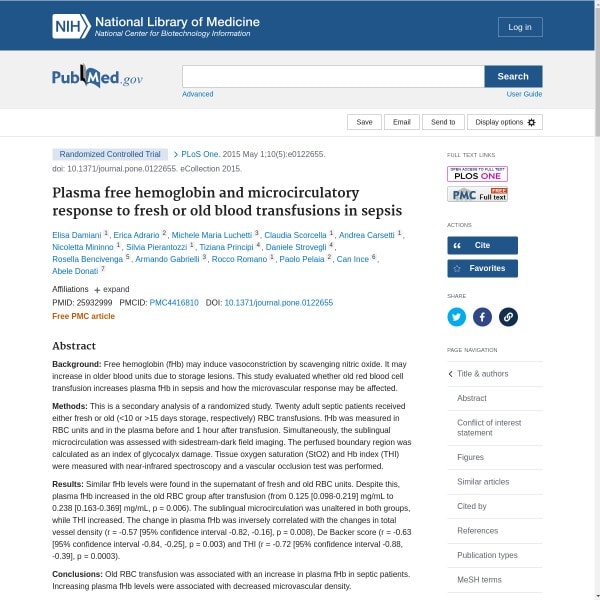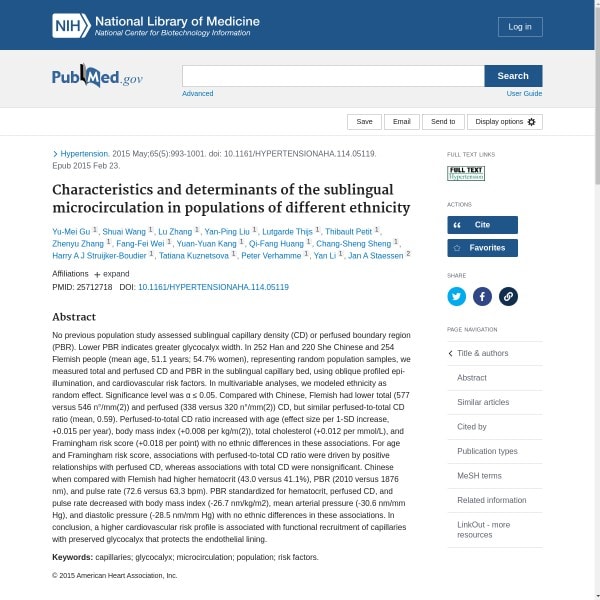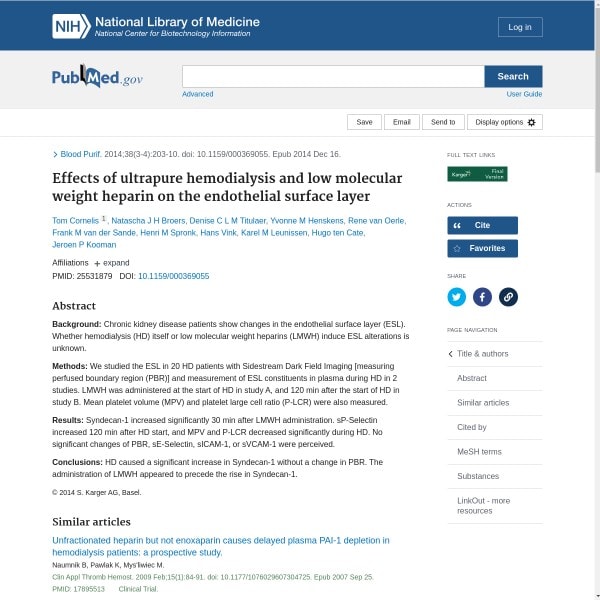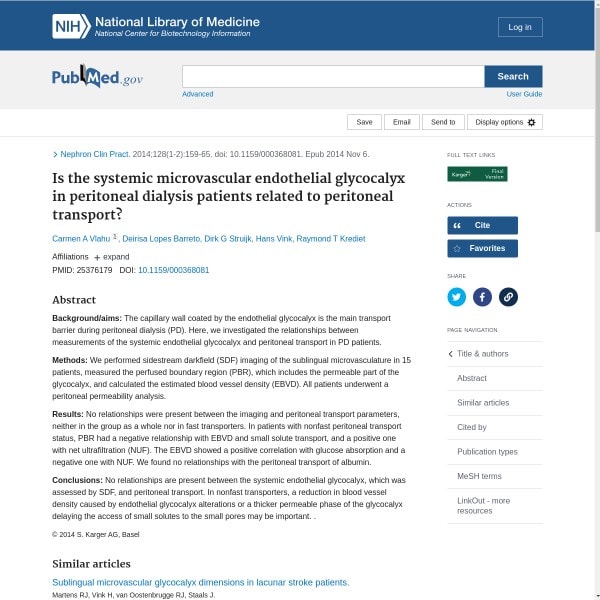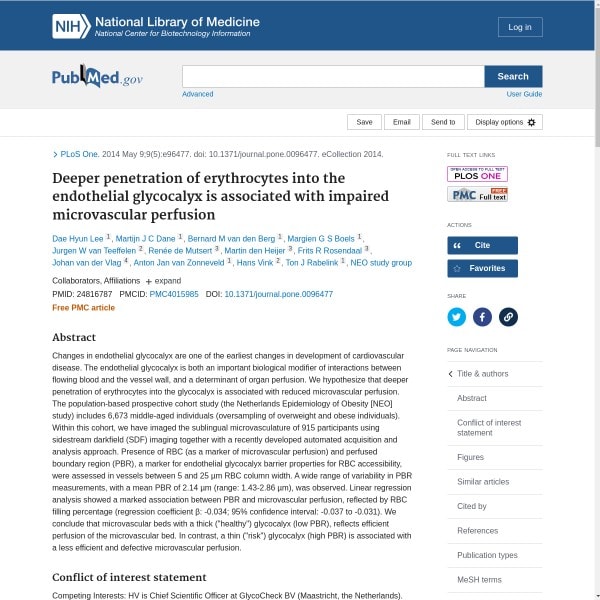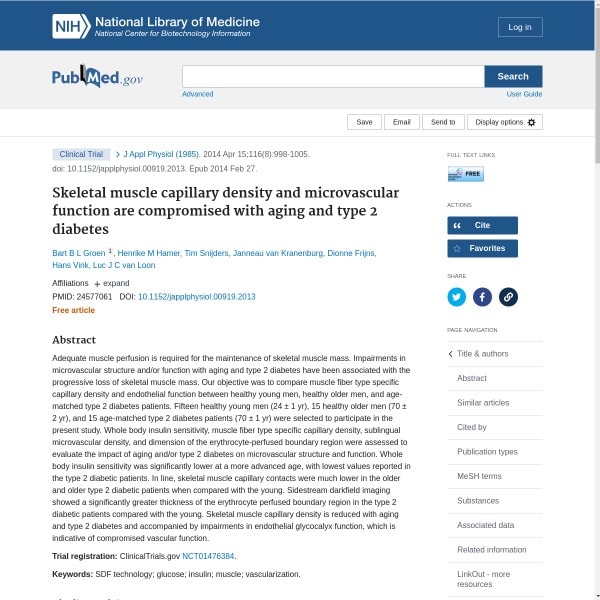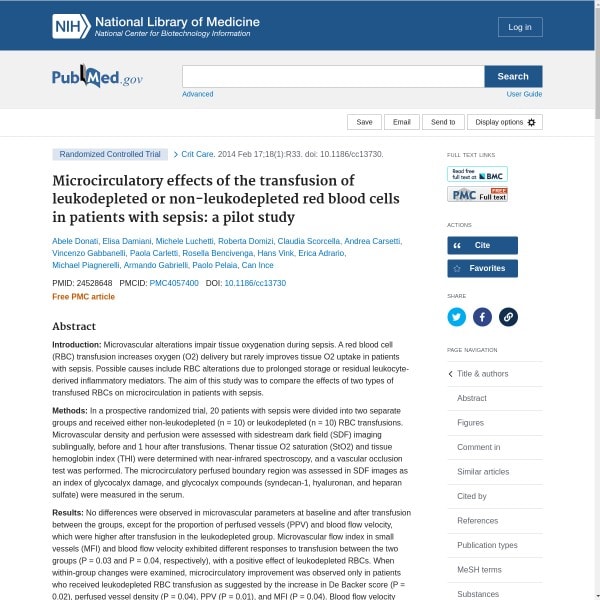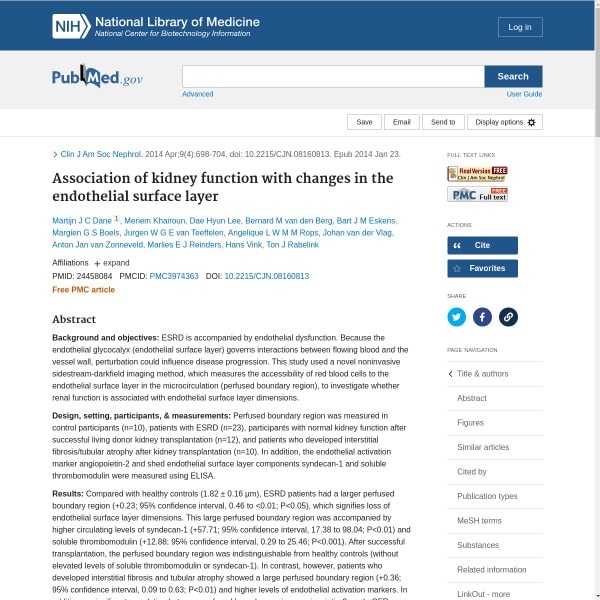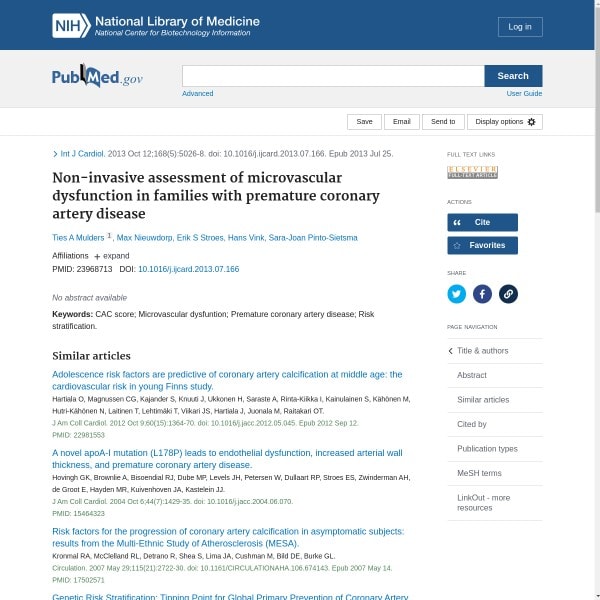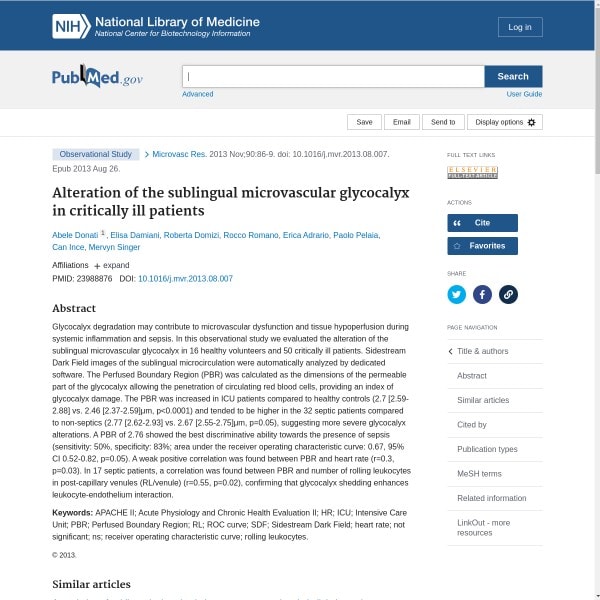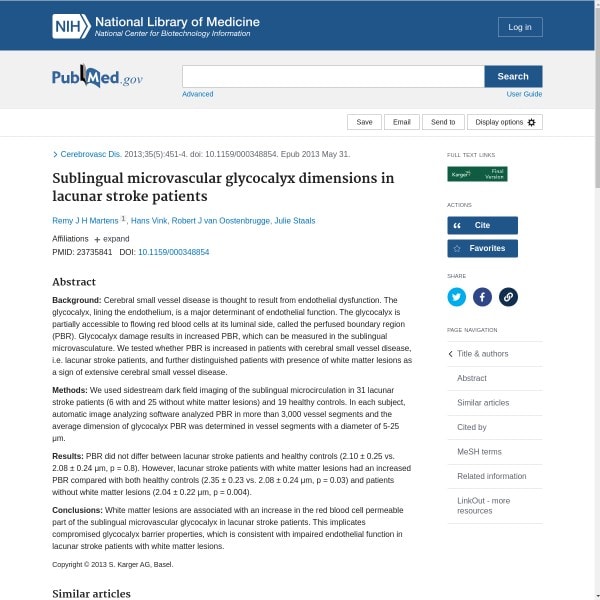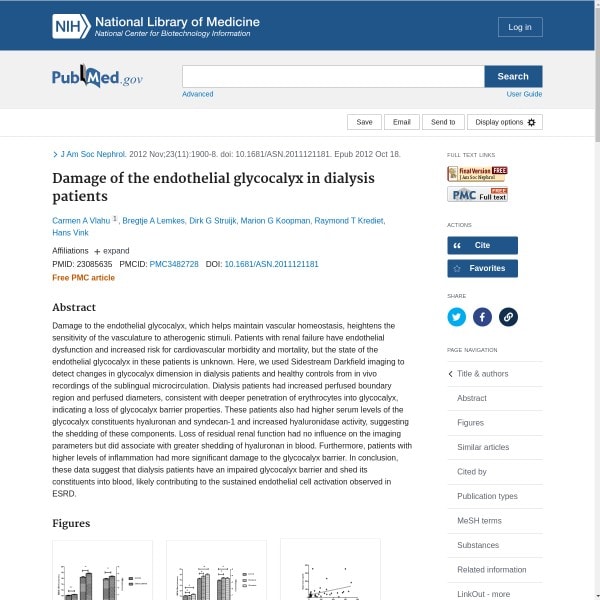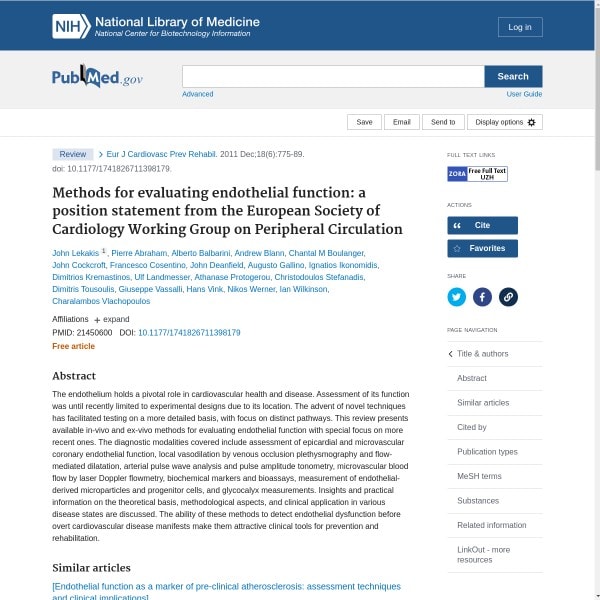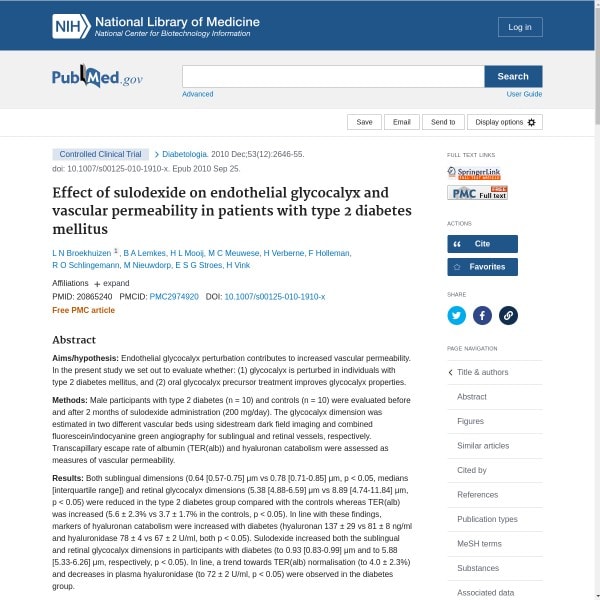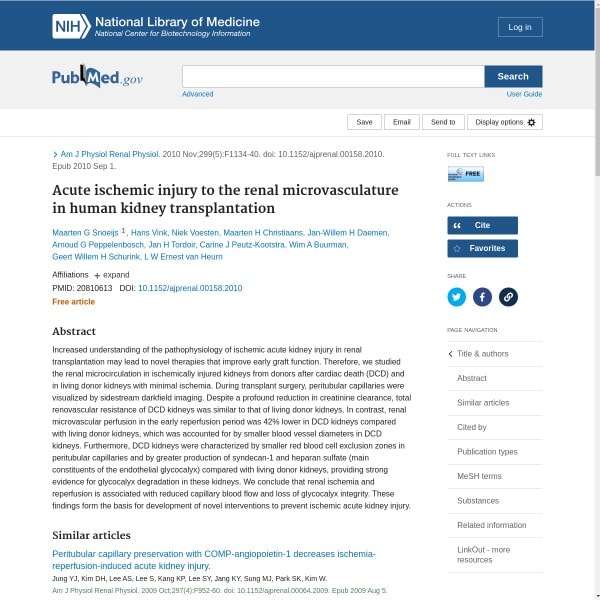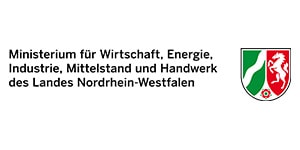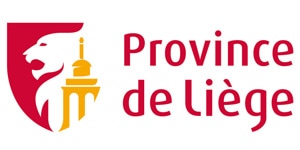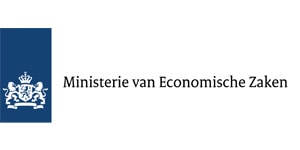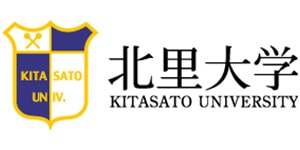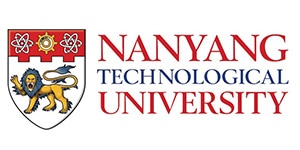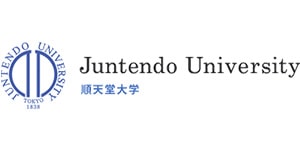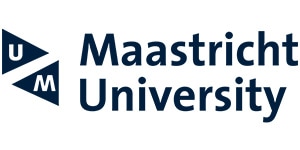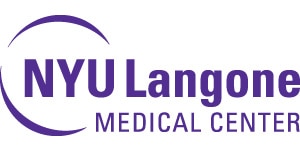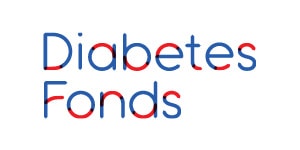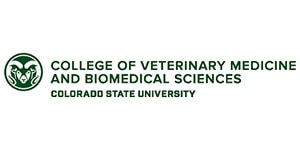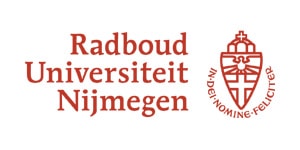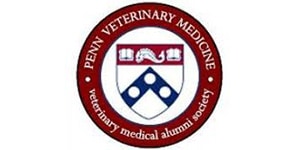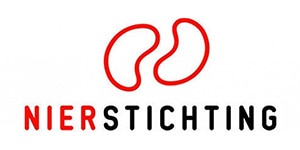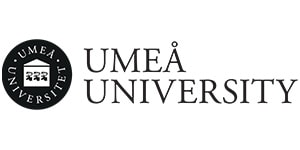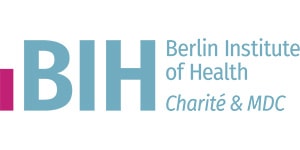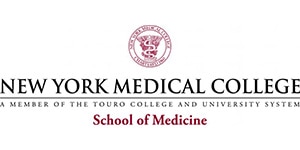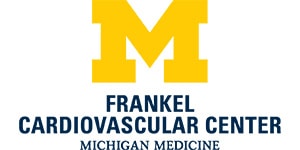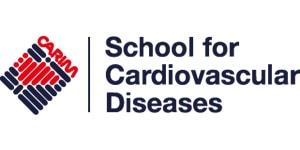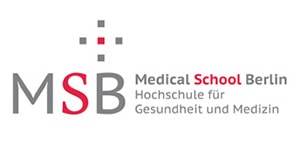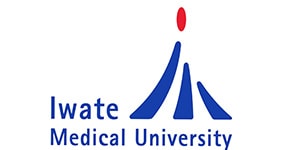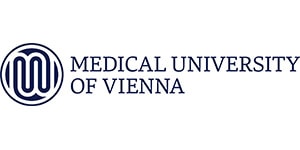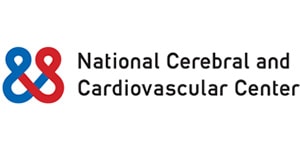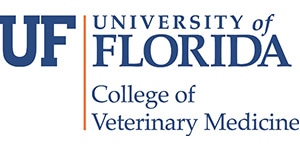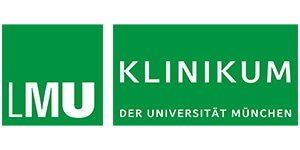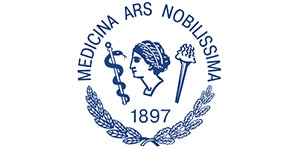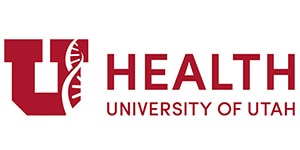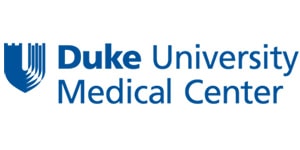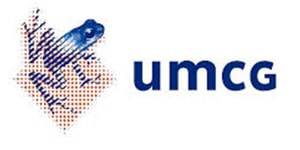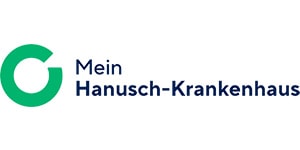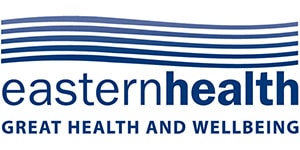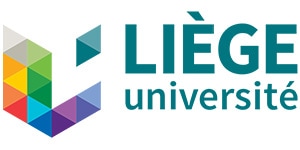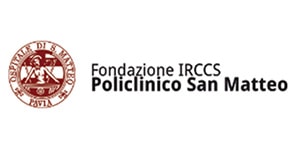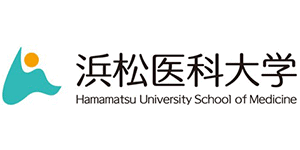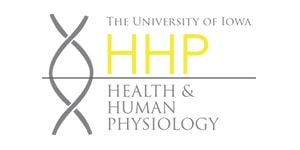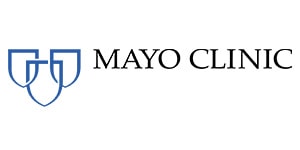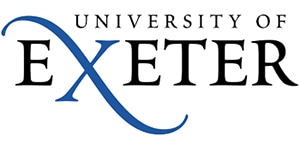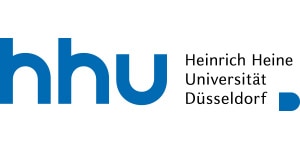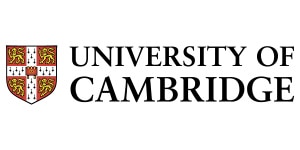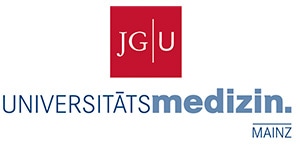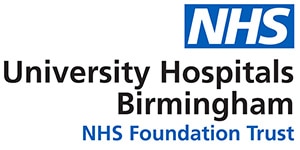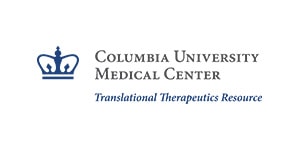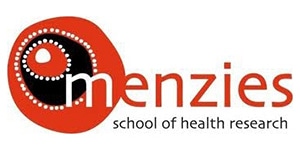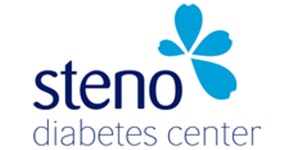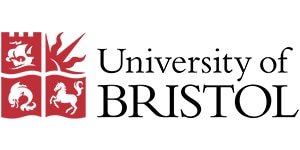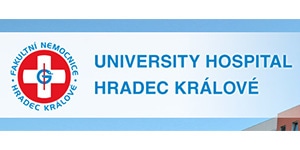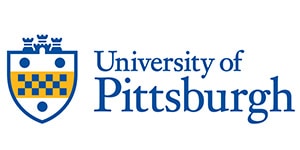Click on a link to jump down to that section:
GlycoCheck is being used by researchers in hospitals and universities in Africa, Asia, Australia, China, Europe, Japan, Russia, and the United States.
Examples of Diseases and Conditions Being Researched
- Type 2 Diabetes
- Stroke
- Early Cognition Impairment
- Epilepsy
- Syndrome X
- Kidney failure / Hemodialysis
- Pre-eclampsia / HELLP
- Sepsis / Septic Shock
- Pre-Eclampsia
- Atherosclerosis
- Heart failure
- Premature Atherosclerosis
- Malaria / Dengue
- Obesity
- ESRD Proteinuria
- Inflammation
If you're interested in discovering the most vital research on the endothelial glycocalyx, as well as the internationally patented GlycoCheck, browse these studies below, or search to find studies based on topic.
- Citation
- PLoS One. 2015 May 1;10(5):e0122655
- Date
- May 1, 2015
- Link
- View Link
Abstract Background: Free hemoglobin (fHb) may induce vasoconstriction by scavenging nitric oxide. It may increase in older blood units due to storage lesions. This study evaluated whether […]- Citation
- Hypertension. 2015 May;65(5):993-1001
- Date
- February 23, 2015
- Link
- View Link
Abstract No previous population study assessed sublingual capillary density (CD) or perfused boundary region (PBR). Lower PBR indicates greater glycocalyx width. In 252 Han and 220 […]Effects of ultrapure hemodialysis and low molecular weight heparin on the endothelial surface layer.
Effects of ultrapure hemodialysis and low molecular weight heparin on the endothelial surface layer.
- Citation
- Blood Purif. 2014;38(3-4):203-10
- Date
- December 16, 2014
- Link
- View Link
Abstract Background: Chronic kidney disease patients show changes in the endothelial surface layer (ESL). Whether hemodialysis (HD) itself or low molecular weight heparins (LMWH) induce ESL alterations […]- Citation
- Nephron ClinPract. 2014;128(1-2):159-65
- Date
- November 6, 2014
- Link
- View Link
Abstract Background/aims: The capillary wall coated by the endothelial glycocalyx is the main transport barrier during peritoneal dialysis (PD). Here, we investigated the relationships between measurements of […]- Citation
- PLoS One. 2014 May 9;9(5):e96477
- Date
- May 9, 2014
- Link
- View Link
Abstract Changes in endothelial glycocalyx are one of the earliest changes in development of cardiovascular disease. The endothelial glycocalyx is both an important biological modifier of […]- Citation
- J ApplPhysiol (1985). 2014 Apr 15;116(8):998-1005Â
- Date
- April 15, 2014
- Link
- View Link
Abstract Adequate muscle perfusion is required for the maintenance of skeletal muscle mass. Impairments in microvascular structure and/or function with aging and type 2 diabetes have […]- Citation
- Crit Care. 2014 Feb 17;18(1):R33
- Date
- February 17, 2014
- Link
- View Link
Abstract Introduction: Microvascular alterations impair tissue oxygenation during sepsis. A red blood cell (RBC) transfusion increases oxygen (O2) delivery but rarely improves tissue O2 uptake in patients […]- Citation
- Clin J Am SocNephrol. 2014 Apr;9(4):698-704
- Date
- January 23, 2014
- Link
- View Link
Abstract Background and objectives: ESRD is accompanied by endothelial dysfunction. Because the endothelial glycocalyx (endothelial surface layer) governs interactions between flowing blood and the vessel wall, perturbation […]- Citation
- Int J Cardiol. 2013 Oct 12;168(5):5026-8
- Date
- October 12, 2013
- Link
- View Link
No abstract available- Citation
- Microvasc Res. 2013 Nov;90:86-9
- Date
- August 26, 2013
- Link
- View Link
Abstract Glycocalyx degradation may contribute to microvascular dysfunction and tissue hypoperfusion during systemic inflammation and sepsis. In this observational study we evaluated the alteration of the […]- Citation
- Cerebrovasc Dis. 2013;35(5):451-4
- Date
- May 31, 2013
- Link
- View Link
Abstract Background: Cerebral small vessel disease is thought to result from endothelial dysfunction. The glycocalyx, lining the endothelium, is a major determinant of endothelial function. The glycocalyx […]- Citation
- J Am SocNephrol. 2012 Nov;23(11):1900-8
- Date
- October 18, 2012
- Link
- View Link
Abstract Damage to the endothelial glycocalyx, which helps maintain vascular homeostasis, heightens the sensitivity of the vasculature to atherogenic stimuli. Patients with renal failure have endothelial […]- Citation
- Eur J Cardiovasc PrevRehabil. 2011 Dec;18(6):775-89
- Date
- December 1, 2011
- Link
- View Link
Abstract The endothelium holds a pivotal role in cardiovascular health and disease. Assessment of its function was until recently limited to experimental designs due to its […]- Citation
- Diabetologia. 2010 Dec;53(12):2646-55
- Date
- September 25, 2010
- Link
- View Link
Abstract Aims/hypothesis: Endothelial glycocalyx perturbation contributes to increased vascular permeability. In the present study we set out to evaluate whether: (1) glycocalyx is perturbed in individuals with […]- Citation
- Am J Physiol Renal Physiol. 2010 Nov;299(5):F1134-40
- Date
- September 1, 2010
- Link
- View Link
Abstract Increased understanding of the pathophysiology of ischemic acute kidney injury in renal transplantation may lead to novel therapies that improve early graft function. Therefore, we […]
Studies on Endocalyx Pro effectiveness are ongoing. For the complete list, please go to Microvascular.com/Endocalyx-Pro-Studies
The Crucial Consortium brings together 12 partners from multiple fields (clinicians, fundamental scientists, scientific SMEs, exploitation and dissemination SME, management SME, and a patient advocacy), representing 7 different countries.
The Crucial Consortium aims to address a difficult problem regarding how co-morbidities give rise both to mental disorders and non-mental disorders. In order to achieve this, they have assembled a consortium that has a balanced mix of skills on several levels.
It consists of fundamental scientists and clinicians. It consists of specialists in neuroscience (UM, Scannexus) and in cardiovascular science (UCL, UNAV, FIMA, GlycoCheck, KU Leuven, VIB).
The clinical scientists are strong leaders in the field of MRI (UCL, UM, UNAV, Scannexus), whereas the fundamental partners have strong skills in molecular biology and genetics that will allow them to develop new biomarkers and identify new pathways for pharmaceutical targeting (FIMA, KU Leuven, VIB). Beyond bridging fundamental research and clinical applications, the project also combines several state-of-the-art technical approaches to answer the research objective. This includes cell signalling, (single cell) RNA-Seq, metabolic assessments, microvesicle’s biomarker identification, GlycoCheck measurements, and advanced imaging (MRI, 2-photon and light sheet microscopy). Read more here.
The Crucial Consortium has announced that they are launching a new study titled “Evaluation of miCRovascular rarefaction in vascUlar Cognitive Impairment and heArt faiLure (CRUCIAL): Study protocol for an observational study.” The abstract can be viewed by clicking the name of the study.

Healthy Aging is a Euregional project within the Interreg Euregio Maas-Rhine program . The partners (BIOMED is the lead partner) within this consortium ( BIOMED , MUMC + , GIGA Liège , UKA , Curador , MyHealth , Imomec , GlycoCheck , Astel Medica and DNAmito) use their expertise and knowledge to the maximum to detect premature aging of the immune system and to slow down aging and related chronic conditions. This consortium wants to develop cross-border knowledge platforms within the EMR for sharing and disseminating knowledge. Most of the activities in this project have a very specific medical-scientific focus. The partners of this project aim to innovate and validate the knowledge collected in the context of these activities. The results of this project should lead to lower healthcare costs. This project is supported by the European Regional Development Fund of the European Union which, through cross-border projects, provides innovation, stimulates a healthy environment and the labor market. More information can be found here. INTERREG Program and financing partners include:
Clinical Papers
Bedside analysis of the sublingual microvascular glycocalyx in the emergency room and intensive care unit – the GlycoNurse study
Kuempers 2018: good intra-observer and excellent intra-class reproducibility of PBR measurements in ICU and ER patients; increased PBR in ICU patients compared with ER patients. PBR correlates with Mean Arterial Pressure (MAP) and with CRP and SOFA scores.
Early Onset Preeclampsia Is Associated With Glycocalyx Degradation and Reduced Microvascular Perfusion
Weissgerber 2019: reproducibility of PBR measurements in pre-eclampsia patients increases when taking average of 2 or 3 measurements.
Association of sublingual microcirculation parameters and endothelial glycocalyx dimensions in resuscitated sepsis
Kuempers 2019: PBR in patients correlates with plasma Syndecan-1 levels and with Atomic Force Microscope measurements of glycocalyx dimension on cultured endothelial cells exposed to patients' plasma.
Increase in perfused boundary region of endothelial glycocalyx is associated with higher prevalence of ischemic heart disease and lesions of microcirculation and vascular wall
Gorshkov 2018: Increase of PBR is associated with ischemic heart disease.
Experimental Papers
Rapid Insulin-Mediated Increase in Microvascular Glycocalyx Accessibility in Skeletal Muscle May Contribute to Insulin-Mediated Glucose Disposal in Rats
Eskens 2013:Insulin increases PBR, and hyaluronidase treatment of the glycocalyx abolishes the insulin effect
Early impairment of skeletal muscle endothelial glycocalyx barrier properties in diet-induced obesity in mice
Eskens 2014: PBR is increased in response to a High Fat Diet (figure 2D) and PBR correlates with increased duration and level of plasma glucose (area under the curve of glucose) after Glucose Tolerance Test.
Perturbed mechanotransduction by endothelial surface glycocalyx modification greatly impairs the arteriogenic process
Potter 2015: Inhibition of endothelial hyaluronan production increases PBR, which is associated with diminished glycocalyx dimension as measured with the Dextran 150kDa exclusion zone (figure 1).
Advanced age results in a diminished endothelial glycocalyx
Machin 2018: PBR increase in old mice is associated with decreased glycocalyx dimension, and increased PBR is associated with decreased glycocalyx dimension.


